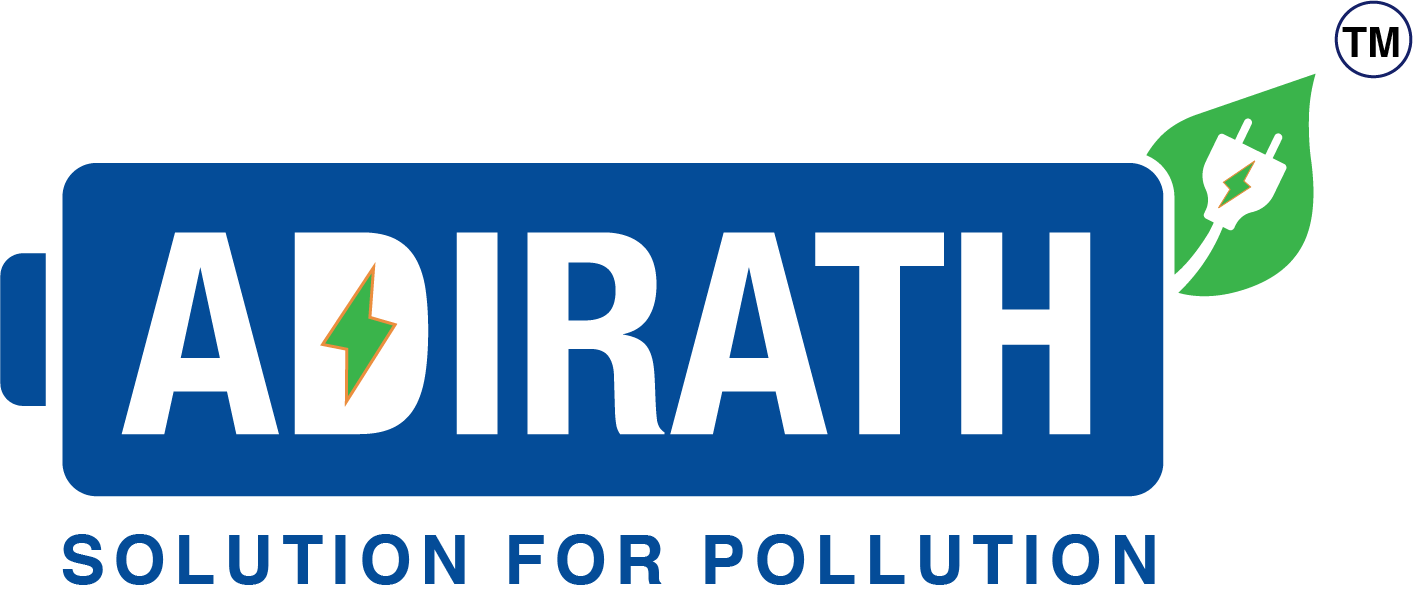Due to a favorable mix of performance and cost attributes, lithium-ion batteries are now the most sophisticated electrochemical energy storage technology. The cell manufacturing capacity for this technology is constantly being ramped up, owing to the expected expansion of the electric car industry.
More than 80% of all Li-ion batteries are now manufactured in Asia. Securing local supply of sophisticated Li-ion cells is crucial as the electric vehicle sector grows, not just in automotive, but in many smaller businesses as well.
The development of a Gigafactory is complicated, requiring the integration of a variety of capital expenditures, including building, infrastructure, energy, and various machine kinds, as well as particular locations for testing and dry rooms, among other things.
The following targets and priorities can help in EV battery manufacturing infrastructure
- Build battery production capacity. To achieve the desired yield or output performance, battery cell manufacturing equipment must be delivered on schedule and in good condition prior to the start of production. Given its high specialization to battery cell manufacture, as well as the restricted number of regional machinery players with the needed competence, high use of equipment production capacity, and full order books, coating equipment is especially vulnerable to shortages or delays. Access to construction workers is also critical, but difficult to come by in many areas.
- Expand active material production capacity. Additional active material manufacturing capacity is necessary to support or allow battery production in general and sustainable, local supply chains in particular, particularly in Europe and the United States.
- Secure access to the most critical raw materials, especially nickel, lithium, and cobalt, but also graphite. To unlock new mining capacity, downstream value-chain participants may need to make direct investments or co-funding.
- Ensure circularity. To eliminate raw-material supply concerns, improve the battery carbon footprint, and enhance the economics of the battery recollection duty for OEMs, closed-loop technologies for the second life of batteries must be built.
Finally, the personnel in the battery production industry will need to be expanded. A 40 GWh Gigafactory, on average, requires about 2,000 full-time experienced workers. This implies that a new and competent workforce is in high demand. Filling these roles is crucial to ensure that demand for battery cells is met, and it will need a concerted effort from the whole sector.
The 92,000-square-foot facility includes a 20,000-square-foot dry room and two coating lines capable of manufacturing over 2 million square meters of electrodes per year, as well as four pouch cell assembly lines. A comprehensive suite of analytical and reliability testing equipment, as well as cycle channels, are included in the purchase, in addition to the manufacturing equipment.
For safety and performance reasons, lithium-ion battery cells, unlike PV cells, must be monitored individually for voltage, current, and temperature. The battery management system’s quality and accuracy are equally crucial to the total battery system’s performance and safety. That means that all procedures associated to the creation of the appropriate electronics must be controlled in the same way that a PV inverter is produced.
Making a high-performance, safe battery system isn’t rocket science, but it does need a great deal of attention to detail. The major problem is to turn a mostly two-dimensional structure into a three-dimensional one.
It is important to build this surface with exceptional accuracy in order to produce these cells. The maximum variance of surface thickness should not exceed 1% to 2%, according to an accepted standard. If a manufacturer goes beyond this limit, the battery is more likely to become a safety concern and experience rapid performance deterioration.

